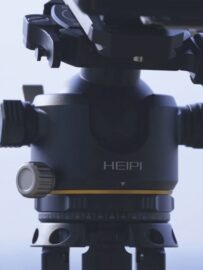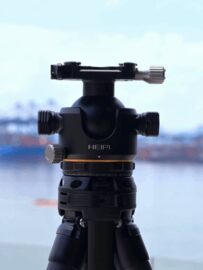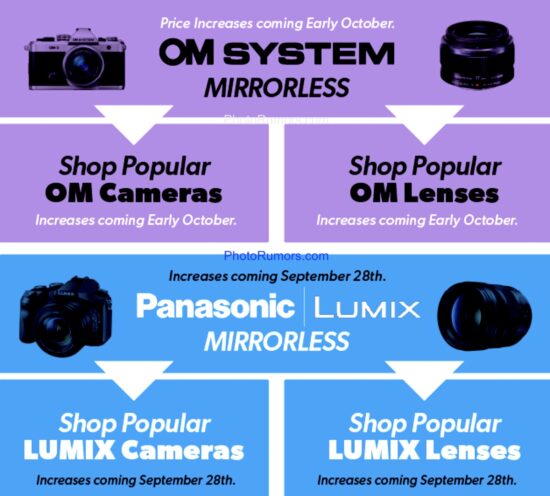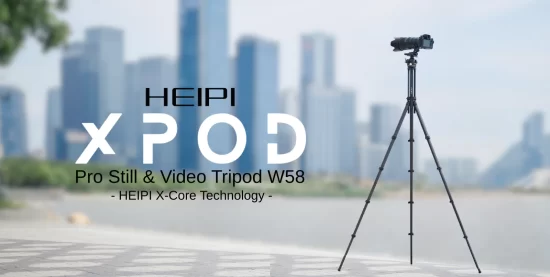
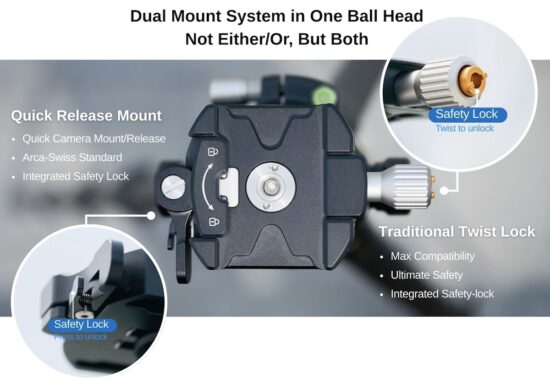
After the popular 3-in-1 travel tripod that raised over a million dollars on Kickstarter two years ago, HEIPI has not only launched the upgraded W28S, but also recently unveiled the groundbreaking W58 tripod with a revolutionary structure:
- HEIPI Xpod Pro Still-Video Tripod (W58): this professional-grade tripod comes with a 2-in-1 Hybrid Head for Photography and Videography, offering a lighter alternative to traditional fluid heads while allowing instant switching to a 360° ball head mode. It also integrates both a quick-release system and a traditional locking knob system.
All HEIPI products are currently 15% off:

Via PhotoRumors
